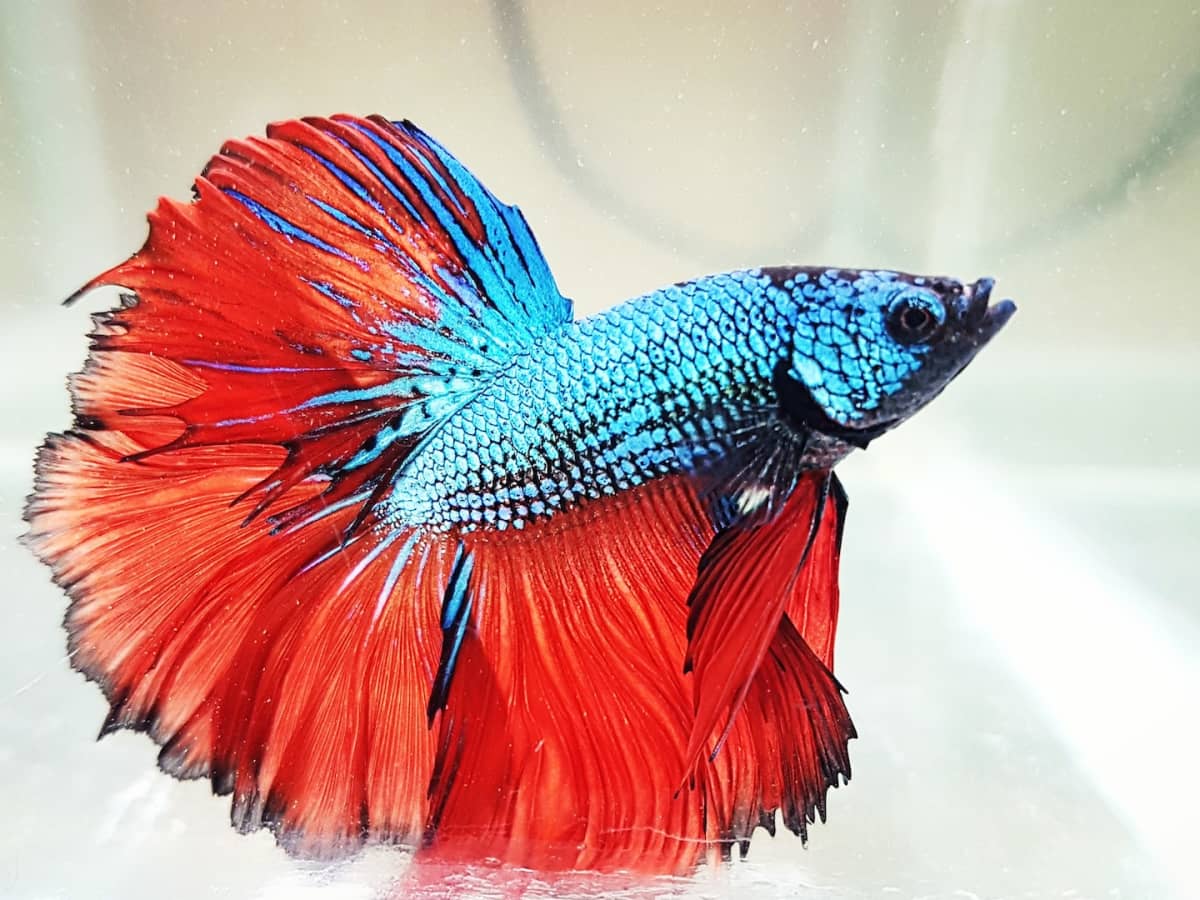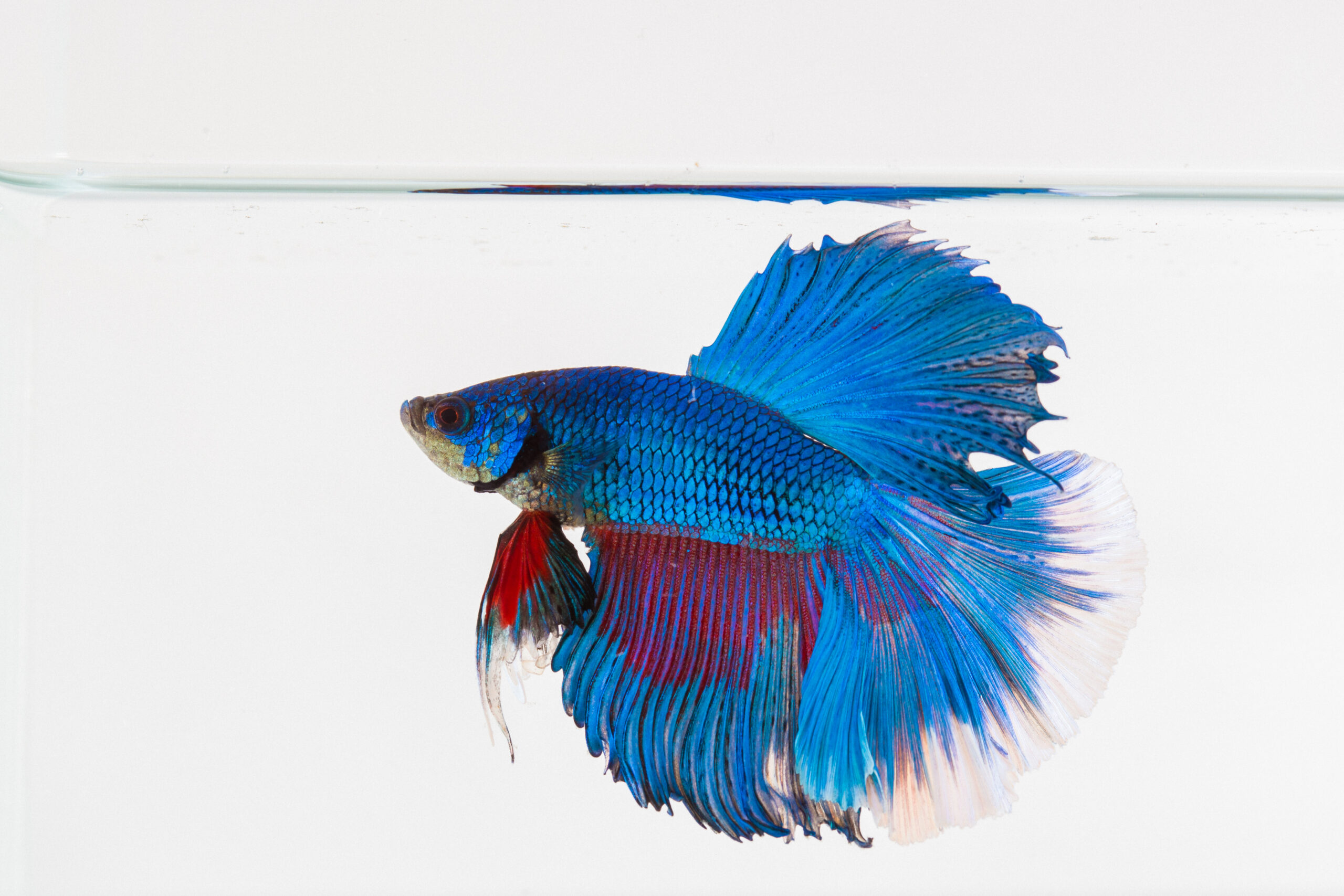Betta Fish Diet Regimen: What to Feed Your Betta for Optimum Health
Betta Fish Diet Regimen: What to Feed Your Betta for Optimum Health
Blog Article
Reproducing Betta Fish: a Comprehensive Step-By-Step Guide to Efficiently Raising Baby Bettas From Eggs to Their Adult Years
Breeding Betta fish is a careful undertaking that requires cautious preparation and execution to make sure the successful advancement of fry from eggs to develop fish. Picking genetically diverse reproduction sets with desirable attributes is just the beginning; producing an optimal atmosphere and recognizing the intricacies of the breeding procedure are just as essential. As the male Betta carefully constructs a bubble nest and guards the priceless eggs, the succeeding stages of care and shift need focus to information and knowledge of finest methods. Exactly how does one browse the tough yet rewarding path of nurturing these vivid animals to adulthood?

Picking Reproduction Pairs
When starting the journey of breeding Betta fish, picking the ideal reproduction pairs is essential to attaining desirable qualities and a healthy family tree - betta fish. The primary step in this procedure is to recognize the specific attributes you desire to improve or preserve, such as color, fin type, and body form. It is vital to pick genetically diverse pairs to prevent inbreeding, which can result in wellness concerns and unwanted characteristics
Review prospective breeding prospects carefully. A healthy and balanced male Betta should display lively shades, an energetic attitude, and well-formed fins, while the lady needs to additionally present lively pigmentation and a rounded stubborn belly, indicating preparedness for spawning. Observing the personality of both fish is important, as hostile or excessively reluctant people might not reproduce effectively.
Documents of family tree is similarly essential. Keeping records of the parent fish's origins can assist you track hereditary attributes and potential issues. In addition, get in touch with reliable breeders or on the internet sources for advice on choosing compatible sets. Ultimately, investing time in the option process will substantially boost the likelihood of generating solid, vivid offspring that satisfy your breeding objectives (betta fish).

Preparing the Reproduction Tank
Producing an optimal reproduction atmosphere is a key step after selecting ideal sets for Betta fish. The reproduction tank ought to be particularly developed to supply comfort and promote the natural reproduction habits of the fish. Start with a storage tank dimension of at the very least 10 gallons to make sure appropriate area for both the man and women Bettas.
Maintain a gentle filtration system to keep the water tidy while avoiding solid currents that can worry the fish. Furthermore, an air rock can be contributed to supply oxygenation without disrupting the water surface area too a lot.
Temperature level guideline is essential; objective for a secure series of 78-82 ° F(25-28 ° C) utilizing a trustworthy heating unit. The pH level need to be preserved in between 6.5 and 7.5, and routine water modifications are necessary to ensure high water high quality.
Integrate floating plants or spawning mops to produce hiding areas for the female, while also motivating bubble nest structure by the male - betta fish. Make certain the container is complimentary from sharp decors and any kind of potential risks, check out this site as the welfare of the fish need to always be focused on throughout this vital phase of reproduction.
The Reproduction Process
Normally, the breeding procedure for Betta fish entails a collection of distinct and evident habits that show readiness for reproduction. The male Betta starts by building a bubble nest at the water's surface area, which acts as a site for the fertilized eggs. This nest is important, as it provides a risk-free environment for the eggs till they hatch out.
As soon as the nest is established, the male will certainly present courtship behaviors, such as flaring his fins and showing vibrant colors to attract the woman. The woman, upon sensing the man's preparedness, will respond by showing upright stripes along her body, indicating her receptiveness.
When the female methods, the male participates in a breeding dance, commonly resulting in an accept referred to as the "spawning." During this accept, the woman releases her eggs, which the male feeds instantly. The fed eggs after that are up to the bubble nest, where the male thoroughly my website gathers and returns them to the nest. Following this, the male thinks responsibility for safeguarding the nest and making sure the safety of the eggs till they hatch out, typically within 24-36 hours. This phase is vital in the breeding process, laying the structure for successful fry development.
Caring for Betta Fry
Looking after Betta fry requires mindful focus to their setting and nutrition to make certain healthy growth and advancement. After hatching out, Betta fry are exceptionally little and prone, demanding a secure and tidy habitat. Preserving a water temperature level between 78 ° F and 80 ° F is essential, as Betta fry flourish in cozy conditions. In addition, make sure that the water is devoid of hazardous toxins; routine water adjustments of 10-20% are advised to preserve optimum water high quality.
Feeding Betta fry is equally essential. They should be provided infusoria or finely crushed top notch fry food, as their mouths are also tiny to take care of bigger fragments. As they expand, you can gradually present bigger foods, such as child salt water shrimp or powdered flakes, to guarantee they obtain ample nourishment. Feed them percentages numerous times a Website day, taking care not to overfeed, which can bring about water top quality concerns.
Transitioning to Grownup Bettas
As Betta fry fully grown, transitioning them to adult Bettas is an important phase that requires careful monitoring of their setting and social communications. This process usually begins when the fry get to around 6 weeks old, whereupon they can be gradually presented to an extra structured living environment.
To promote this shift, it is important to ensure that the water parameters-- such as temperature level, pH, and ammonia levels-- are optimal and steady. Adult Betta fish grow in warm water (around 78-80 ° F) with a pH of 6.5 to 7.5. Slowly accustom the fry to these problems to lessen stress.
Social communications are another crucial factor; man Bettas are notoriously territorial and aggressive. Consequently, it is a good idea to different males right into individual storage tanks as they grow. Women Bettas can be housed together, however treatment should be taken to check for signs of hostility.
In addition, dietary modifications need to be made as the fry grow. Incorporate high-grade pellets and live foods to support their growth and health and wellness. By taking care of these factors successfully, you can advertise an effective transition to their adult years for your Betta fish.

Final Thought
Effective reproduction of Betta fish calls for mindful focus to information throughout the whole process, from selecting genetically diverse sets to giving optimum take care of fry. By making certain ideal breeding conditions and maintaining water top quality, the chance of healthy and balanced children enhances considerably. Additionally, a well balanced diet regimen and progressive adaptation to grown-up atmospheres are important for the growth and growth of Betta fish. Complying with these steps diligently cultivates a prospering population of Betta fish, boosting both their health and wellness and vitality.
Report this page